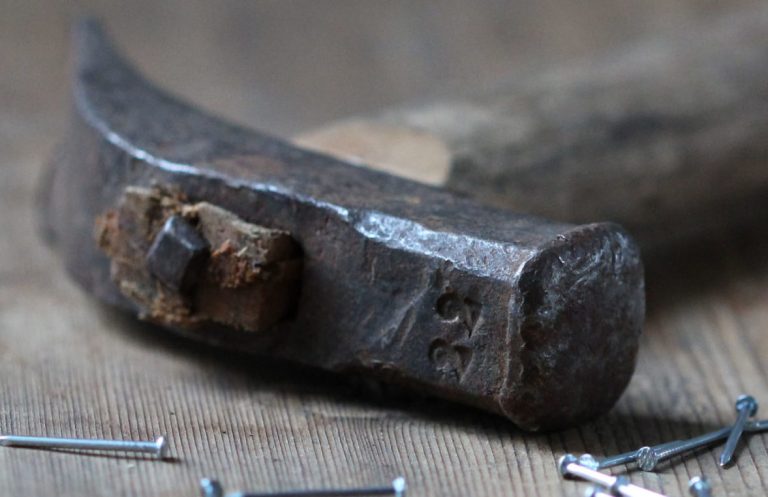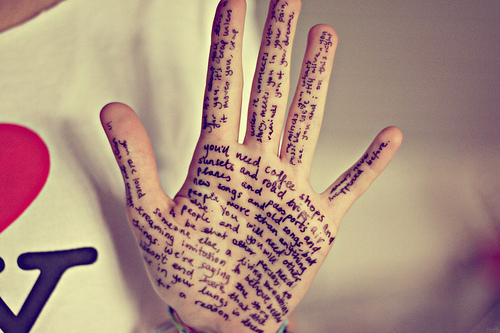Story Structure and the Essential Outline
I do a lot of scene outlines for writers. And I’ve written a lot of blog posts on the topic….

I do a lot of scene outlines for writers. And I’ve written a lot of blog posts on the topic….

This post is a reprint from a few years ago, shared again to help you nail the opposition in your…

Anyone who tells you that writing a novel is easy doesn’t know what they’re talking about. Plain and simple. Great…

My guess is that few novel writers spend time thinking about scene choice or type and the placement of specific…

The protagonist’s transformational journey is highlighted in countless stories, whether novels, movies, or plays. If you take time to examine…

Way too often writers start their novels in the wrong place. With a scene that does the premise a disservice….

You’re all signed up for National Novel Writing Month. Great. Are you going to get working on an outline? No?…

Subscribe to my email blasts to level up your writing and be notified of upcoming events and offers!
No products in the cart.